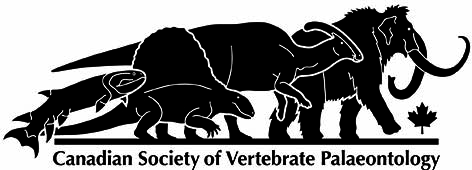Allometric growth in the skull of Tylosaurus proriger (Squamata: Mosasauridae) and its taxonomic implications
DOI:
https://doi.org/10.18435/vamp29339Keywords:
Mosasauridae, Tylosaurus, allometry, morphometrics, taxonomyAbstract
Ontogeny—the growth and development of an organism—is among the more poorly understood aspects of the life history of mosasaurs, largely owing to a dearth of fossil material from young individuals. We describe the partial and complete skulls of two subadult individuals of the mosasaurid Tylosaurus proriger from the upper Smoky Hills Chalk Member of the Niobrara Formation in Kansas. We include the more complete of the two specimens in an allometric analysis to better understand proportional changes of the skull through growth. Although our small sample size produces several instances of ‘soft isometry’, we recover the length of the edentulous rostrum as significantly negatively allometric, and quadrate height as significantly positively allometric. In light of our findings, we go on to consider the question of whether T. kansasensis represents an immature ontogimorph of T. nepaeolicus, but find no convincing evidence that this is the case.
Downloads
Downloads
Published
How to Cite
Issue
Section
License
Copyright (c) 2018 Jordan Mallon

This work is licensed under a Creative Commons Attribution 4.0 International License.
Submission of an article to Vertebrate Anatomy Morphology Palaeontology will be taken to mean that the article is an original work and not previously published or under consideration for publication elsewhere.
If the article is accepted for publication, it will be published on-line under Creative Commons Attribution 4.0 International (CC By 4.0) meaning:
Attribution — You must give appropriate credit, provide a link to the license, and indicate if changes were made. You may do so in any reasonable manner, but not in any way that suggests the licensor endorses you or your use.
No additional restrictions — You may not apply legal terms or technological measures that legally restrict others from doing anything the license permits.






